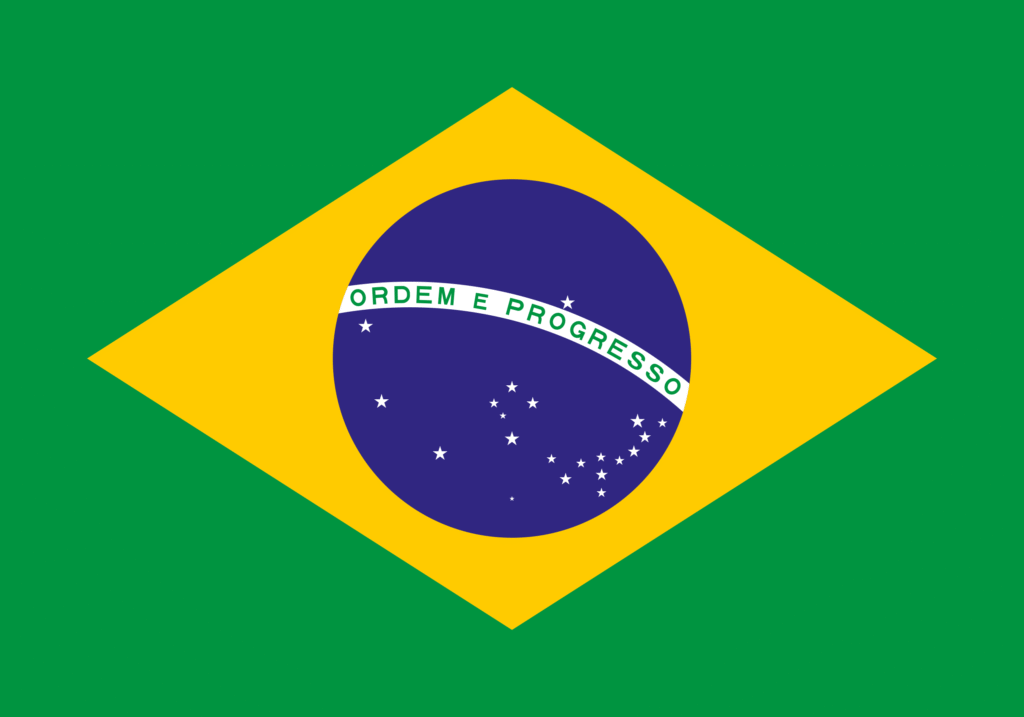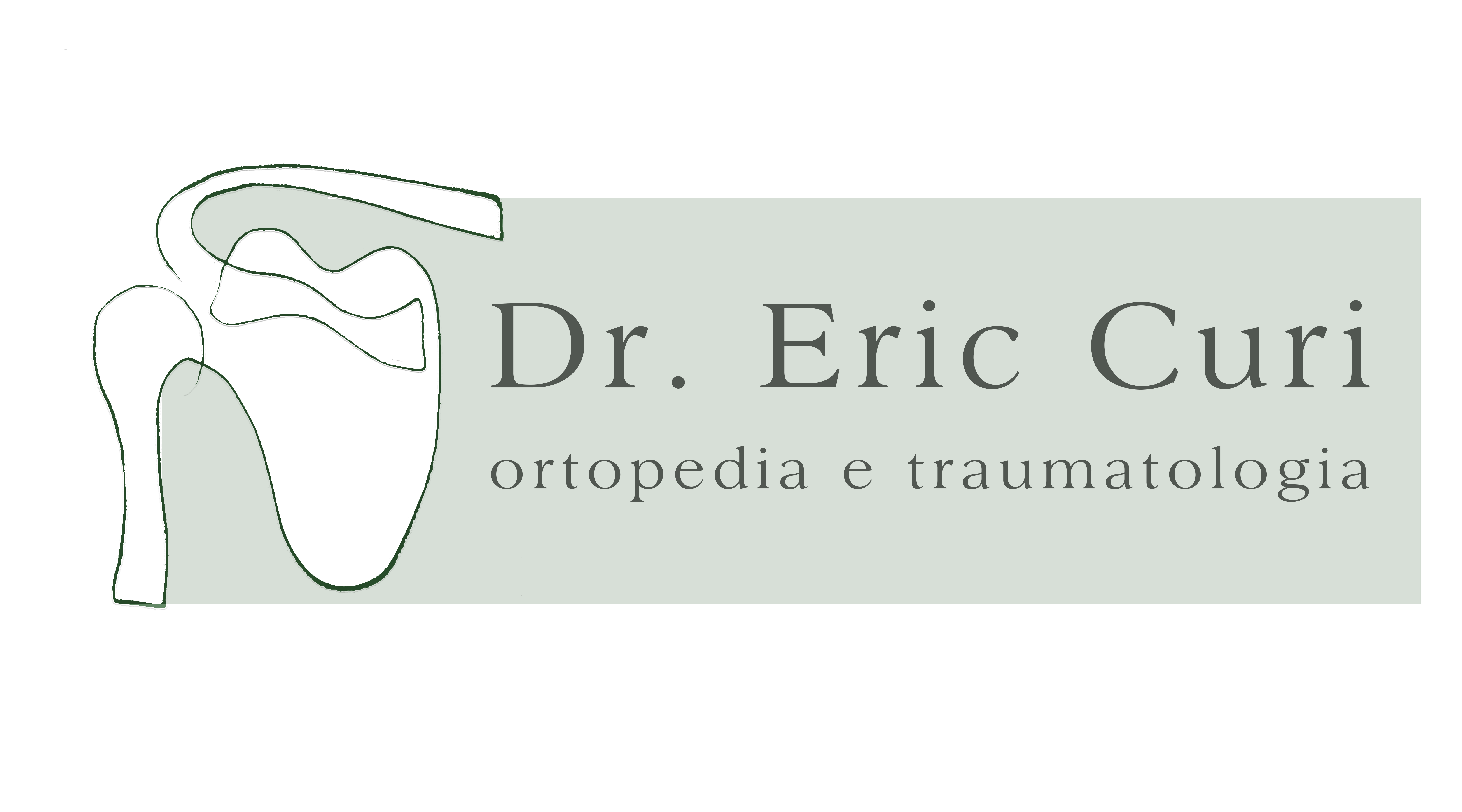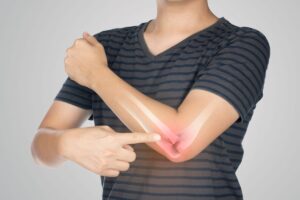Meet Dr. Eric Curi, Orthopedic Surgeon and Traumatologist, specialist in Shoulder and Elbow surgery in São Paulo.
Muscle Injuries: Strains, Contusions, and Preventive Care
Shoulder Pathologies
Elbow Pathologies
General Orthopedics
Últimos Artigos
Have you ever experienced intense pain after physical exertion or noticed a painful lump in a muscle? This could indicate muscle strains, muscle contusions, or other sports injuries. When a professional or amateur athlete suffers an injury, a detailed diagnosis is necessary to understand the type and degree of damage.
This way, we can adopt an appropriate treatment focusing on the patient’s recovery and later return to activities. In this article, we will explore these common conditions, particularly among athletes and active individuals, and provide tips on prevention and treatment.
How Is Our Musculoskeletal System Structured?

To better understand these injuries, it’s important to know how our musculoskeletal system is structured. Our locomotor apparatus is made up of bones, tendons, muscles, ligaments, and other structures that work together to provide support, movement, and protection to the body. Muscles are composed of muscle fibers, which group together to form bundles. Each muscle fiber is made up of myofibrils, structures responsible for muscle contraction. When a muscle contracts, the myofibrils slide over each other, shortening the fiber and generating movement in the joints.
For some reasons we will explain later, these structures can suffer injuries, which are often very painful and require treatment.
What Is a Muscle Contusion?

A muscle contusion occurs when a muscle contracts much more strongly than normal and remains contracted, without entering the relaxation phase. This causes significant pain and discomfort. Symptoms include localized pain, muscle stiffness, weakness, and difficulty stretching or moving the affected muscle.
Causes of Muscle Contusion
The causes can vary but usually include poor posture, overuse of the muscles, lack of physical activity, neuromuscular disorders, and even genetic factors. Additionally, some medical conditions, such as herniated discs, can contribute to the development of contusions
Symptoms and Diagnosis
Typical symptoms of a contusion include intense pain, stiffness, and the sensation of a “lump” in the affected muscle. The diagnosis is usually made based on the symptoms reported by the patient and a physical examination. Imaging exams, such as ultrasound or MRI, may also be used to assess the extent of the contusion.
Treatment for Muscle Contusion
Treatment will depend on each case and may include a variety of practices, such as:
- Physical therapy
- Stretching
- Therapeutic massage
- Use of heat or cold
- Medications (muscle relaxants, anti-inflammatory drugs, and painkillers)
What Is a Muscle Strain?

A muscle strain is a common injury among sports participants. It occurs when muscle fibers are damaged, losing their alignment. Unlike a contusion, a strain is characterized by excessive stretching of muscle fibers, resulting in pain and limited movement. Muscle strains typically occur during the eccentric contraction of biarticular muscles, i.e., those that cross two joints.
Common examples include the biceps femoris, located at the back of the thigh, which crosses both the hip and knee joints, or the triceps surae, particularly the medial gastrocnemius, a muscle in the back of the leg that crosses both the knee and ankle joints.
Symptoms and Diagnosis
Symptoms of a muscle strain include acute pain, swelling, and difficulty moving the affected muscle. The diagnosis is primarily made through the patient’s report and physical exams. X-rays, ultrasound, and MRI scans may be used to confirm the injury.
Treatment for Muscle Strain
Treatment will depend on the patient’s condition and usually involves:
- Rest
- Application of ice and/or heat locally
- Use of anti-inflammatory drugs, muscle relaxants, and/or painkillers
- Myofascial release
- Physical therapy
What Are Sports Injuries?

We know that physical activity is essential for our health. However, not only excessive exercise but also performing movements incorrectly can cause damage to our body. During sports activities, various structures in the body can be injured, including muscles, ligaments, tendons, cartilage (such as the menisci), and bones. Sports injuries can range from muscle strains and contusions to sprains, ligament injuries, tendonitis, dislocations, stress fractures, and traumatic injuries.
Therefore, when a patient who participates in sports suffers an injury, it is essential to perform a detailed diagnosis to identify the type and severity of the damage and determine the most appropriate treatment.
Symptoms and Diagnosis
Symptoms of sports injuries vary depending on the severity and type of structure affected. Some common signs include:
- Pain
- Swelling (edema)
- Bruising (hematomas)
- Limited movement
- Joint instability
- Inability to move a joint, often accompanied by a sensation of cracks or ruptures.
To diagnose a sports injury correctly, a clinical evaluation should be performed, including knowledge of the patient’s medical history and a detailed physical examination. Additionally, imaging exams, such as X-rays, MRI, ultrasound, or CT scans, are frequently helpful in diagnostic investigation and therapeutic planning.
How Will the Treatment Be?
Treatment for sports injuries can be conservative or surgical, depending on the severity and type of injury. Conservative treatment includes:
- Rest
- Ice and/or heat locally
- Compression
- Elevation
- Physical therapy
- Medication use
- Surgical treatment
Some injuries, such as severe ligament and tendon ruptures, may require surgical intervention. Surgery aims to repair or reconstruct the damaged structures, followed by a rehabilitation program to ensure complete recovery.
Advanced Treatments and Surgery
Surgery is reserved for more severe cases or when conservative treatment does not yield the expected results. Injections of medications at the affected sites can also be helpful in controlling pain and reducing inflammation, allowing the patient to dedicate more focus to rehabilitation. After recovering from an injury, it is important to continue with preventive care to avoid recurrences.
Continuously monitoring the musculoskeletal condition and adjusting training as needed helps maintain the health of structures. Therefore, treatment should be multidisciplinary, involving not only the orthopedic surgeon but also physical therapists, fitness trainers, and possibly other professionals. Additionally, adopting a healthy lifestyle, including a balanced diet and regular physical exercise, contributes to long-term muscle health. Regular consultations with healthcare professionals specialized in muscle injuries ensure proper and personalized care.
How to Prevent These Conditions?
Preventing injuries is always the best approach. To do so, certain actions are necessary:
- Adapt Training: Adapt physical activities based on an individual's physical condition and level of fitness. Gradually increasing frequency, volume, and intensity in physical activity is crucial to avoid injuries.
- Stretching: Regular muscle stretching helps maintain muscle flexibility and prevent contusions and strains.
- Muscle Strengthening: Strengthening and proprioception exercises are essential to improve muscle endurance and strength, reducing the risk of new injuries.
- Manual Therapy: Therapeutic massages and myofascial release techniques help alleviate pain and muscle tension, promoting recovery.
- Proper Physical Preparation: Proper physical preparation is essential to prevent muscle injuries, especially strains, which often occur during moments of great fatigue, usually at the end of a workout or competition.
Maintaining the health of the locomotor system is essential for an active, pain-free life. Proper diagnosis and treatment allow informed decisions about necessary care.
If you have muscle pain, schedule an appointment with Dr. Eric Curi to develop a personalized treatment plan with additional guidance on keeping your musculoskeletal system healthy and strong!
Want to Learn More? Schedule a Consultation with Dr. Eric Curi.
Vila Olímpia
SARTOR - Medicina Integrada
- (11) 3045-2090
- Rua Helena, 218 - Trade Tower - 4º Andar
- Segunda - Sexta : 09:00 -18:00








